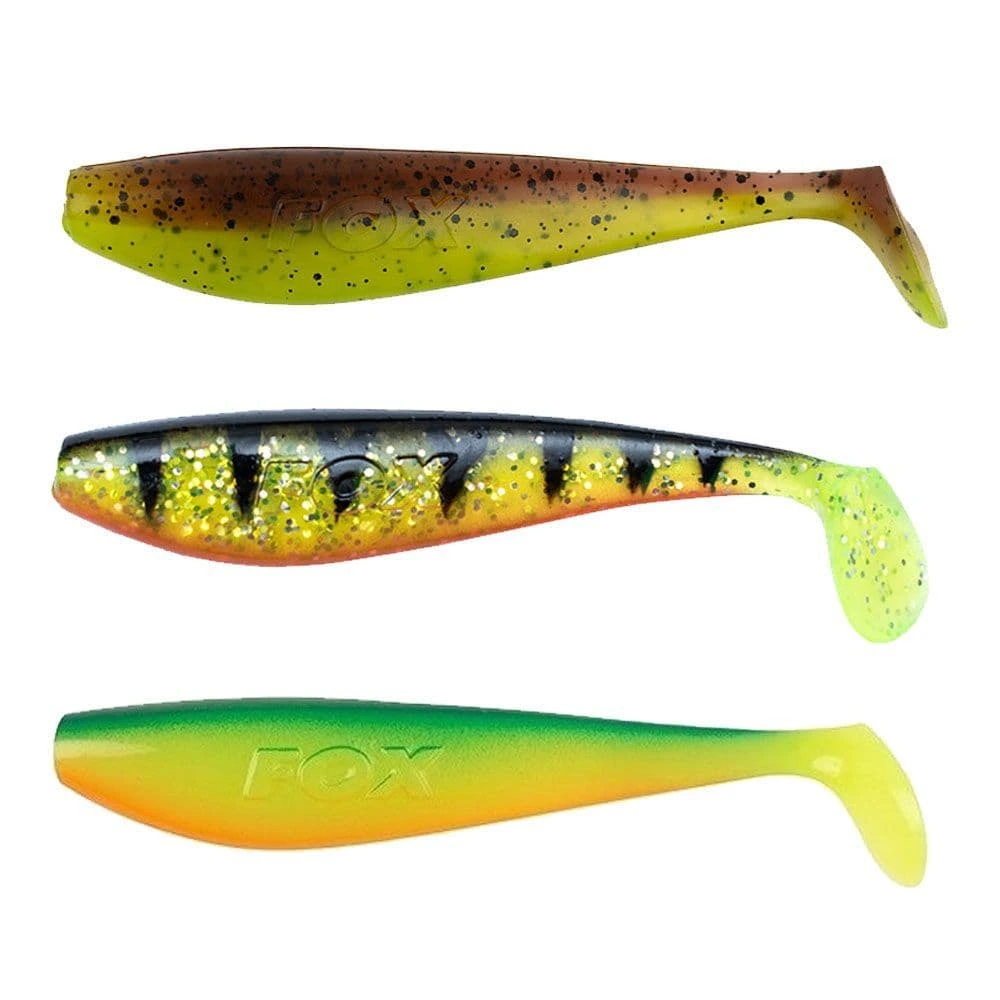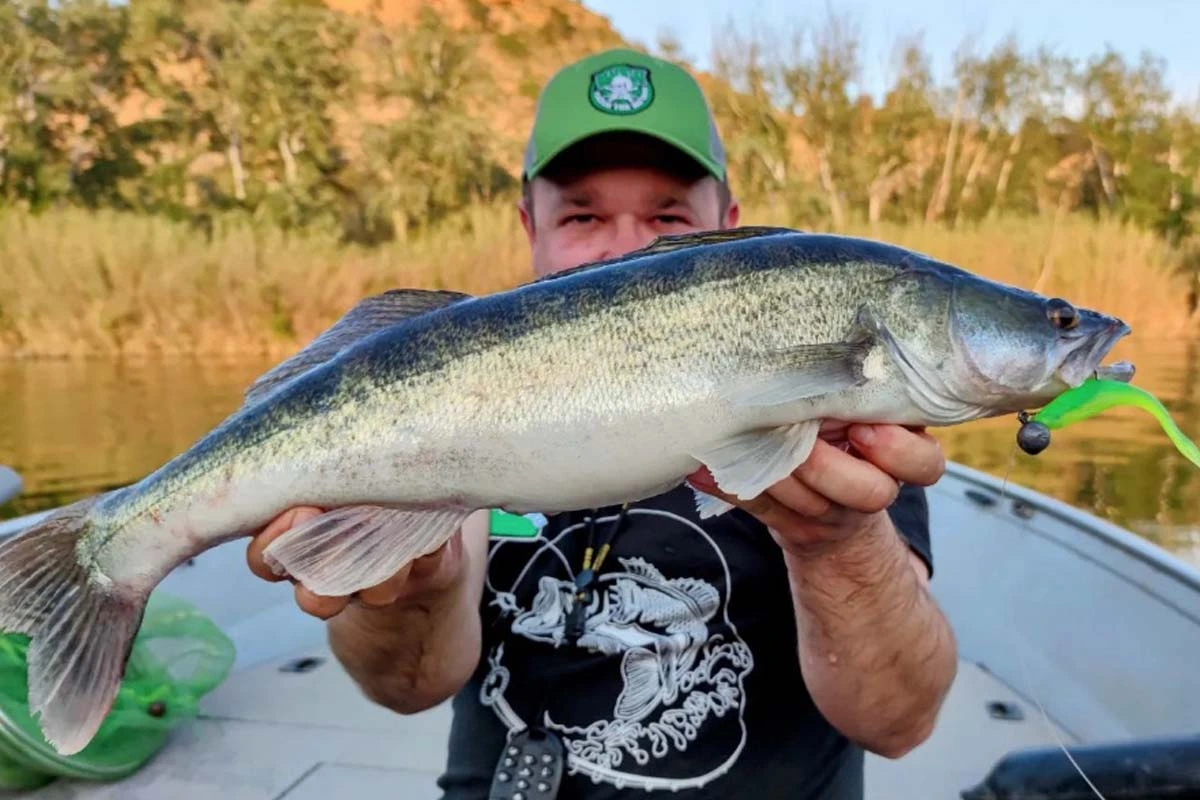Jig fishing for zander: An in-depth guide to jig fishing in different seasons
Julkaistu: 8/16/2025 | Kirjoittaja: Kristian Salmi
Jig fishing is one of the most effective ways to catch zander in Finnish waters. When you know how to read the water and adapt your technique to the seasons, you can be incredibly successful with a jig. This guide dives deep into the secrets of jig fishing and explains how to get the most out of this versatile fishing method year-round.

The basics of jig fishing for zander
A jig is a simple yet effective lure, consisting of a lead head and a soft plastic body attached to it. Its greatest strength is its ability to mimic the small fish that zander love to hunt near the bottom. The movement of a jig in the water is mesmerizing—it dives and rises, wiggles and vibrates in a way that piques a predator's interest.
The choice of jig depends on many factors, but the most important are depth and current strength. In shallow spots, a 5-10 gram jig is sufficient, while in deeper areas or strong currents, you'll need 20-30 gram or even heavier options. Remember, the jig must be able to sink to the bottom, but it shouldn't get stuck there.
When it comes to color, experienced anglers often rely on natural shades like white, gray, or mottled patterns. In murky water, bright colors like chartreuse or orange can be effective, while in clear water, subdued tones work better. However, the most important thing is the jig's action—a perfectly colored jig in the wrong place is worse than a wrong-colored jig in the right place.
Spring jig fishing comes to life
For many, spring is the best time of year for zander jigging. The water starts to warm up, zander awaken from their winter slumber, and move to shallower areas. This is the time to look for zander on warm, sheltered shores and in the back of bays.
In the spring, zander are often quite passive after the long winter, so you should fish the jig slowly and patiently. Let the jig drop to the bottom, lift it a few centimeters, and let it sink again. Sometimes, a falling jig will entice a zander to strike during the drop, so stay alert at all times.
For spring zander jigging, medium-sized soft plastics, about 10-15 centimeters long, work best. The zander aren't fully active yet, so too large a bait might scare them off. As for colors, natural shades like white, gray, or translucent work well in spring water.
The best time for spring jigging is in the afternoon and evening when the water has had a chance to warm up a bit during the day. Spots that have proven good for ice fishing are often excellent for jigging too—zander stay in the same areas, even if the fishing method changes.
Hot summer days and deep waters
In the summer, zander behavior changes significantly. As the water warms, zander move deeper and hunt more actively. Now is the time to pick up the pace and fish more aggressively.
In summer, you should look for zander on ridges, rocky bottoms, and in deep holes. Zander can be as deep as 15-20 meters, so you'll need heavier jigging gear. Jigs of 20-30 grams are the tools for summer, and they should be fished quite briskly.
When jigging in the summer, use a fishfinder to locate the right depths and bottom structures. Zander often congregate in specific areas, and when you find one, you'll likely find more nearby. Mark good spots on your GPS, as zander will return to the same places on different days.
You can also try slightly larger baits in the summer—12-18 centimeter soft plastics can attract bigger zander. Clear water calls for natural colors, but if your water is a bit murky, bolder colors can lead to more strikes.

The golden season of autumn
Autumn is another peak season for zander jigging. The water begins to cool, and zander once again move to shallower areas to prepare for winter. They feed actively to build up fat reserves, which makes them aggressive towards prey.
In the fall, it's a good idea to return to spring-like spots—sheltered bay bottoms, rocky shorelines, and shallow ridges. Zander might be in just a few meters of water, so lighter jigs come back into play.
A special feature of autumn is that zander can be very active throughout the day. Unlike in spring, when the best moments are in the afternoon, in autumn you can be just as successful in the morning as in the evening. This is because the zander know winter is approaching and they need to build up their strength.
In autumn jigging, you can be a bit more aggressive than in spring. Quick twitches and active jigging can yield good results. Zander react well to movement and may follow a jigging lure for a long distance before striking.
The quiet power of winter
Winter is the most challenging time for zander jigging, but by no means impossible. Zander are less active and move less, but they still eat. For ice fishing, a jig is an excellent tool when you know how to use it correctly.
In winter, zander seek out deeper waters and their movements are slower. Jigging must be very slow and deliberate. Let the jig sink to the bottom, lift it slowly a few centimeters, and hold it still for a moment before the next movement. Often, you won't even feel the zander's bite clearly—the line just feels "different" when you lift it.
For winter jigs, it's best to favor smaller sizes and subdued colors. Glitter or a metallic sheen can work well in winter water because it reflects light and catches the zander's attention. Remember to keep the jig moving—a falling or hovering lure near the bottom is irresistible to a winter zander.
Patience is especially important in winter. A zander might follow a jig for a long time before deciding to strike. Don't give up on a spot too quickly; give the zander time to make its decision.
Gear and tips for success
Successful zander jigging requires the right gear and technique. Line choice is important—monofilament line is more forgiving for a beginner, while braided line gives a better feel for the jig's movements and bottom contact.
The reel should have a smooth drag that lets the line run evenly when a zander pulls. A zander's mouth is hard, so be prepared for sudden tugs. Let the zander take some line for a moment before setting the hook.
In jig fishing, it's a good idea to vary your technique during the day. If slow jigging isn't producing results, try more brisk movements. If that doesn't work either, slow down again. Zander can be in very different moods on different days.
Finally, remember that jig fishing is worth learning. Every fish teaches you something new, and over time you'll develop your own style and a feel for when a zander is interested. Jig fishing for zander is both an art and a science—and that's what makes it so rewarding.